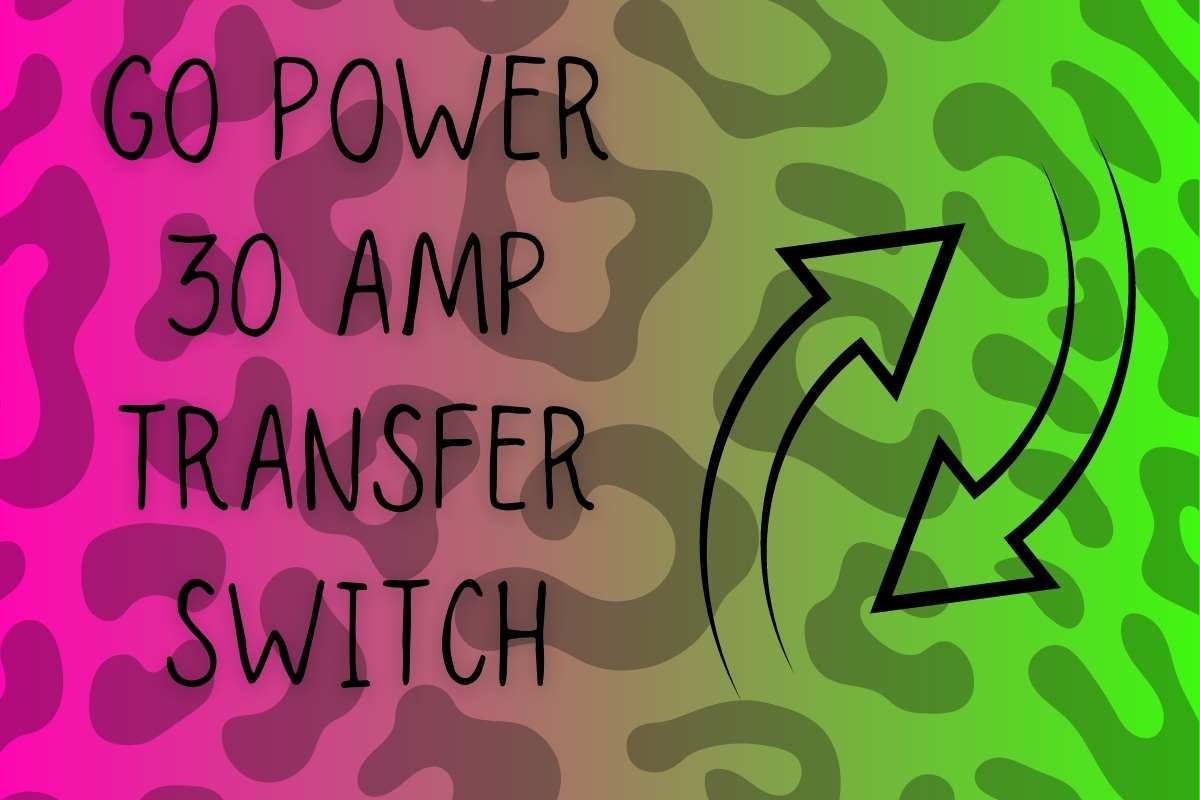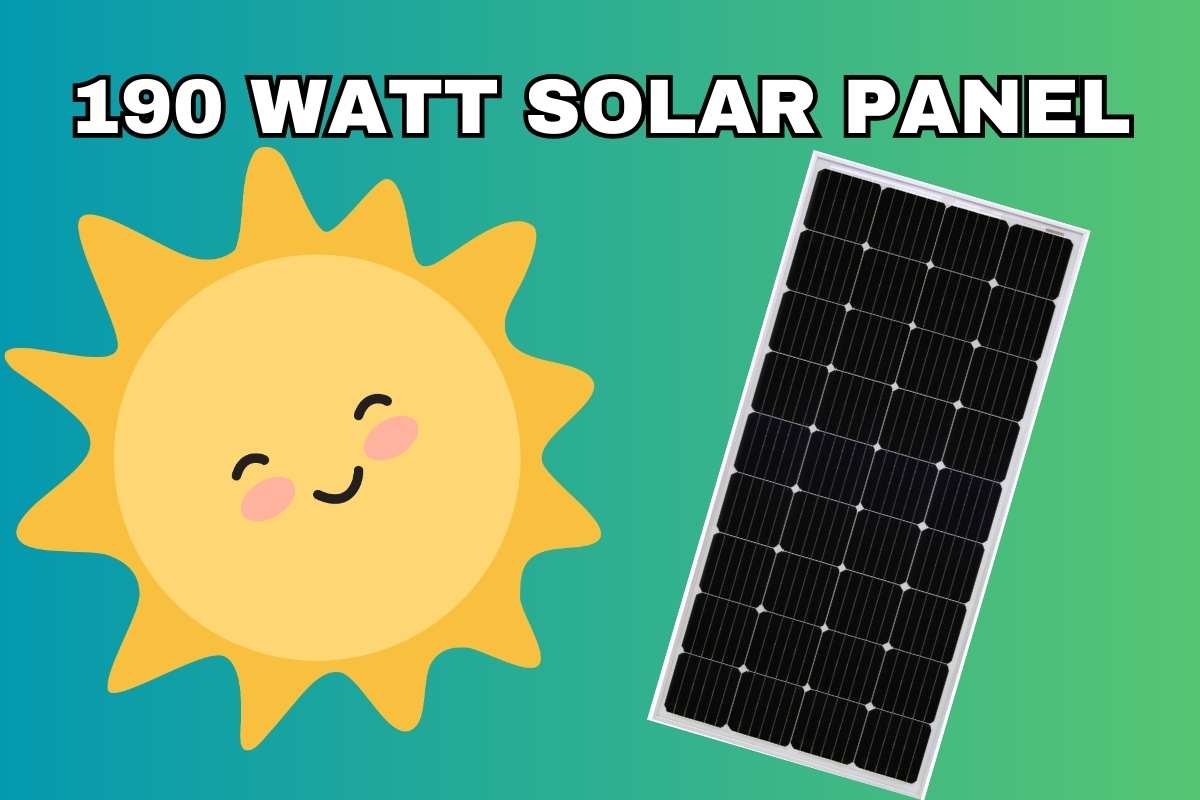Definitive Power Inverter Guide
Our power inverter guide is designed to create a reliable source of information for choosing, installing and operating power inverters for a variety of applications.
- What a power inverter is and does
- Pointers on purchasing power inverters
- Power Inverter Input Voltages Are Important
- Power Inverter Physical Size
- Inverter Installation Requirements
- Power Inverter Cables
- Remote Switches
- A Little More Information On Power Inverter Waveform
- Power Inverter Article Section
Over the years we have created so many articles and FAQ’s about power inverters that it is unreal. So I decided to try and make a comprehensive guide that will cover many aspects of using and choosing Power Inverters. I will break this guide into several sections based on features, implementation, installation and variations I feel important. I will also include articles and information on related topics and calculators. We also send out plenty of tips and tricks about power inverters in our newsletter series. Sign up for more information above and we will send you a copy of our power inverter guide by email. Also call with questions on power inverters, we are glad to help.
Let’s start with a simple discussion on what a power inverter is and does:
Power Inverters are electronic devices designed to convert DC electricity (Battery Power) into AC electricity (Household Power). There are many different types of power inverters on the market, so it important to trust that your dealer carries the proper type inverter for your application. So start by determining what your application is, your required inverter watts, and what your input voltage is when begin choosing a power inverter. Then you can make a good decision on which inverter to buy.
Often confused with:Power Converter– A power converter will convert your 120 Vac power to 12 volt DC power. This is often found in 12 volt vehicle and marine applications and is not the same as a power inverter.
Inverter / Chargers – These are power inverters with the converter or battery charger built in. We carry a few different inverter / charger setups, but be aware that there are plusses and minuses over having an all in one device. Many companies feel there are reliability issues with all in one units and would rather break these features across multiple components. Find what fits your application and budget best.
Here are a few pointers on purchasing power inverters:
- Unless you have a very specialized application, try to avoid inverters over 3000 watts because the amount of DC power required is unbelievable and usually not realistic. Units over 3000 watts are usually focused more on catching a very specific customer or a customer who is trying to but the biggest inverter, not the right one.
- Buy True Sine Wave Inverters: Certain applications may require the new standard type of unit called a true sine wave inverter. Unless you absolutely need to save every penny possible, buy true sine wave, they just run everything better. They also are usually made of better components, thus increasing the quality of the unit.
- Always buy a power inverter one power (wattage) size higher than needed. This will keep you from buying a new power inverter when you need just a little more power. For example, if you only need 1000 watts of power, I would recommend a 1500 watt unit to allow room for growth. Going larger on the inverter by one size has little impact on the no-load draw, but going to the max will cause your unit to have a larger no-load draw needlessly.
- Look for UL listed or CE mark other certified power inverters when available, these are often going to be better if they are certified. Although not always the case, it does hold true for the most part.
- If a deal looks to good to be true on a power inverter, it usually is. Remember many “inverter companies” buy their stuff from China without any engineering, quality control or product input. The only thing they add to these mass created inverters is their logo. This creates a large problem when a supposed inverter manufacturer has very little testing od their product for their customer. It increases failure rates, improper ratings, shortens inverter life, and can actually damage your electronics. The point is that cheap is not better. Quality testing and engineering make a product better not price. Spend the extra money and buy a good reliable brand with a long track record of success. We recommend Go Power Inverters from GPElectric.com
- Ask lots of questions about your power inverter and avoid vendors who cannot answer your queries. Many dealers just take thousands of products and add them to their “Website”. They know little to nothing of what is required, so in the end will sell you anything.
- Buy an inverter with a hard wire direct connect when direct wire is required in your application. Creating a pigtail for your inverter through a GFCI outlet can add another point of failure. To remove this there inverters with connections that are wire directly to the units interal wiring block.
3 top power inverters from Go Power may be right for you too!
Go Power! makes high quality Sine Inverter Chargers and regular sine wave models as well. Sometimes all you need is the inverter, please check out the wattage for the right size for you.
3000 Watt Go Power Sine Inverter
This Go Power Sine Wave power inverter is ready to power most of your 30 amp loads. It is ready to turn 12 volt DC into 120 VAC. Hard Wire Only.
Hope you enjoy your visit to our site!

2000 Watt Go Power Sine Inverter
2000 Watt sine wave power inverter with a GFCI outlet on the front made by Go Power!
Awesome to see you here

1500 Watt Go Power Inverter
1500 Watts of clean pur power that has a GFCI and a great manufacturer, Go Power!
Thanks in advance for your support

Power Inverter input voltages are important.
Knowing what voltage input on your power inverter is important. This is because your application often decides what voltage inverter you need. For example most US cars, trucks and RV’s use a 12 volt DC based system. This would require you to use a 12 volt DC to AC power inverter in these applications. Other applications like military vehicles can require 24 volts DC. Or marine inverters can sometimes be at 32 Volts DC. 48 Volts is often for specialized telcom applications. Many of the very specialized inverters we carry are able to rack mounted with optional kits. This feature allows for easy and clean rack installations. Make sure you know what voltage your vehicle, boat or primary battery bak operates at before purchasing your power inverter.
| 12 Volt DC Power Inverters | 24 Volt DC | | 32 Volt DC | 48 Volt DC | | 66 Volt DC | 120 Volt DC |
Power Inverter Physical Size & Venting
 One thing that you should consider when purchasing and installing a power inverter should be what its physical size and installation requirements. Many inverters can require as much as 4 inches of clearance for a clean install. This additional space allows clear airflow and cooling. Proper installation with airflow will allow your inverter to cool properly allowing it to operate at full power capacity and extending the life of the unit. Overheating on a regular basis will shorten the life of your unit. This can be avoided with a little preplanning. Many areas where inverters are being installed are small and cramped. Always have a layout plan in place before installing the inverter.
One thing that you should consider when purchasing and installing a power inverter should be what its physical size and installation requirements. Many inverters can require as much as 4 inches of clearance for a clean install. This additional space allows clear airflow and cooling. Proper installation with airflow will allow your inverter to cool properly allowing it to operate at full power capacity and extending the life of the unit. Overheating on a regular basis will shorten the life of your unit. This can be avoided with a little preplanning. Many areas where inverters are being installed are small and cramped. Always have a layout plan in place before installing the inverter.
Inverter Installation Requirements
 A lot of the time people will forget the requirements for properly installing their power inverter. An improperly installed power inverter can cause tons of potential problems ranging from unreliable power from your inverter to fire. Some time should be devoted to make sure you follow your manuals proper installation procedures. This means using proper wire gauge and proper DC fusing on the inverter. There should always be a fuse between the postive leg and the inverter. This fuse is normally installed closest to the battery, but check your power inverter installation manual for its exact recommendations. Just remember a safe installation can keep unforseen issues at bay and it only take a few minutes and a few dollars to get the job done right and according to the manual. Always default to and refer to the manufacturers manual when installing your power inverter.
A lot of the time people will forget the requirements for properly installing their power inverter. An improperly installed power inverter can cause tons of potential problems ranging from unreliable power from your inverter to fire. Some time should be devoted to make sure you follow your manuals proper installation procedures. This means using proper wire gauge and proper DC fusing on the inverter. There should always be a fuse between the postive leg and the inverter. This fuse is normally installed closest to the battery, but check your power inverter installation manual for its exact recommendations. Just remember a safe installation can keep unforseen issues at bay and it only take a few minutes and a few dollars to get the job done right and according to the manual. Always default to and refer to the manufacturers manual when installing your power inverter.
Power Inverter Cables
 Depending on which inverter you purchase your wire size can go from 8 Gauge to 4/0 cables. Some installs may actually require even larger installation packages. Make sure you use the proper cables for your inverter and determine voltage drop for required DC cable length. A lot of times DC cable length is calculated as a two way trip. Thus an inverter that is 20 feet from its battery will have a 40 foot round trip. Since DC voltage does not transmit as well, this can cause low voltage issues at the inverter. It can also cause the inverter to not have access to all the power in the battery because it will kick out for low voltage sooner than if wired properly.
Depending on which inverter you purchase your wire size can go from 8 Gauge to 4/0 cables. Some installs may actually require even larger installation packages. Make sure you use the proper cables for your inverter and determine voltage drop for required DC cable length. A lot of times DC cable length is calculated as a two way trip. Thus an inverter that is 20 feet from its battery will have a 40 foot round trip. Since DC voltage does not transmit as well, this can cause low voltage issues at the inverter. It can also cause the inverter to not have access to all the power in the battery because it will kick out for low voltage sooner than if wired properly.
Remote Switches
 Another install accesory may be remote switches and remote panels. These allow for easy operation of a stowed inverter. Many remote power inverter panels will
Another install accesory may be remote switches and remote panels. These allow for easy operation of a stowed inverter. Many remote power inverter panels will
offer readouts that include output, voltage and any inverter warnings.
A little more Information on Power Inverter Waveform:
I can’t tell you the number times I read people explaining that you don’t need a true sine wave power inverter. Heck, I too have written many articles explaining that very opinion, however, that was many years ago and pricing structures have changed. With that, so has my opinion on the matter. Modified sine wave inverters were a great technology for their day, but so were black and white TV’s in their day. Sure color TV’s were more expensive, but look at the increased quality you received. With power inverters you have basically the same situation. A black and white TV allowed you to watch a program, but was it all that? Did you miss colors, shades and hues? Of course you did. A modified sine inverter will run many items, but is it good to run those items on this type of inverter? Probably not. in fact many common items like laser printers, oxygen concentrators, certain battery chargers, and variable speed motors don’t work properly or at all on older less reliable modified sine inverters. With True sine wave, you know your power is clean and reliable. That’s it. Clean and reliable is all you need in power, its what comes from the Grid. In fact a good true sine wave inverter can often produce cleaner power than the Grid.
Another item to consider on power inverters is stated quality and information. I have recently seen inverters in stores that have advised they were selling the highest quality inverters. They had packaged the inverter in a wind setup and assured in their marketing that it would work in a home wiring environment. What they neglected to realize was that the cheap inverter they were selling was modified sine inverter and it also suffered from a fault when wired into a common neutral environment. Many times it is best to get a power inverter from a dealer who can help choose the proper inverter for your application.
All 12 Volt to 120 Volt Inverters will need batteries from which they can draw their power.
Lithium batteries have come down a lot in price over the last 10 years. When we first started selling these batteries, they were hard to come by and a 100 Ah battery would cost over $5000. Today they are much lower cost and the power denisty is getting greater.


